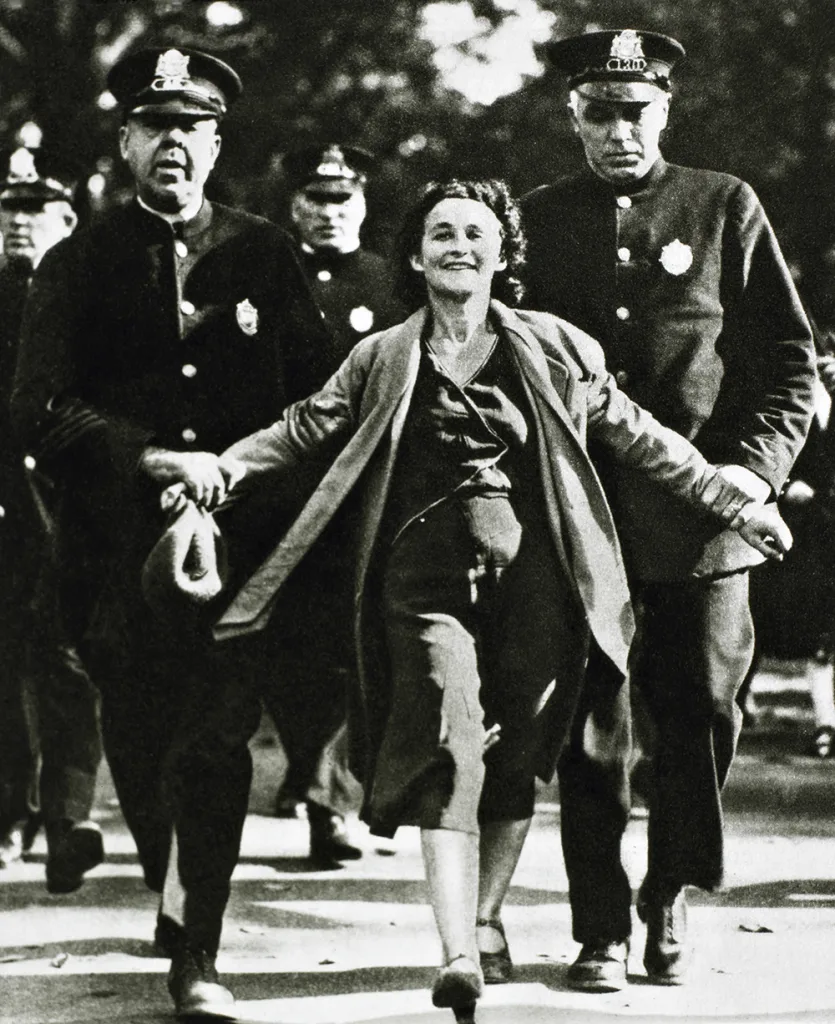Republished with permission from Common Dreams, by Abby Zimet
Given the relative universe that is organized labor’s long, hard, hurdle-strewn history, this is “a good year to have a Labor Day,” with a string of organizing wins, a pro-union president, soaring jobs and even rising support from a public long immune to acting in its own best interests. Still, in a ceaseless, shifting fight between those with the overweening power of “a rich men’s club” and those seeking a sliver of it, the bottom line stays constant: “The only effective answer to organized greed is organized labor.”
Even by 1882 in a rapidly industrializing, greedy young empire, writes Heather Cox Richardson, “Factories and the fortunes they created had swung the government toward men of capital,” and away from the rights of workers. Thus did banners in the first Labor Day parade in New York City defiantly proclaim, “Labor Built This Republic and Labor Shall Rule it,” “Labor Creates All Wealth,” “The Laborer Must Receive and Enjoy the Full Fruit of His Labor.” Already, noted the Chicago Tribune, “Behind every one of half of the portly and well-dressed members of the Senate can be seen the outlines of some corporation interested in getting or preventing legislation.”
Ten years later, Grover Cleveland warned, “The gulf between employers and the employed is constantly widening, and classes are rapidly forming, (one) the very rich and powerful, (another) the toiling poor… Corporations, which should be the carefully restrained creatures of the law and the servants of the people, are fast becoming the people’s masters.”
By the 1930s, organized labor was at its zenith, from minimum wage to 40-hour week wins. Over a million and a half workers—truckers, miners, longshoremen, auto workers, garment workers—marched in some 2,000 strikes; Florence Reese’s anthem “Which Side Are You On,” born of the bloody battle of miners against coal barons in Kentucky’s Harlan County, was their voice. In many other struggles, women likewise led the way, often with creativity; they knitted on the picket line, ran soup kitchens, sunbathed for photos on the roof of union headquarters, donned vintage garb to declare, “These costumes are over 100 years old, and so are the ideas of our employers.” Still, the era ushered in a long decline.
By the time Martin Luther King quoted Eugene Debs to the National Maritime Union in 1962—”You have come a long way from great depths to great heights in your journey”—and declared, “We are presiding over a dying order,” he was speaking more from hope than fact; union membership had dropped to about 10% of the work force, where it has long hovered.
After the last few calamitous years, today’s labor movement is seeing a glad “re-awakening.” A Labor Action Tracker has recorded over 230 strikes already this year involving over 320,000 workers; unions have garnered some big wins, from Teamsters and auto workers to Amazon and Starbucks, with demands for not just better pay and benefits but calls for a long-sought four-day week; Hollywood’s current SAG-AFTRA strike has broad public support, as do unions overall at almost 70%; young people have been deemed the most pro-union generation ever; the Treasury Department just released a report showing unions—solidarity forever—raise wages of both members and non-union workers, boost productivity and reduce race or gender pay gaps; another good jobs report has landed amidst a period of booming job creation—thus carrying on a Democratic tradition of creating 96% of new jobs, or 47 million of 49 million, in the last 35 years; and Biden’s $1 trillion infrastructure deal, a “blue-collar blueprint for America,” is expected to fund projects for a decade.
On Monday in Philadelphia, Biden touted his achievements before a crowd of over 100 local unions representing about 150,000 workers. “Guess what?” he exclaimed. “The great real estate builder, the last guy, he didn’t build a damn thing.” Then Dark Brandon went on at length about “the last guy”—who shipped jobs to China, cut pensions, made infrastructure “a punchline,” and was one of just two presidents in history to leave office with fewer jobs than when he started.
Coincidentally, the aforementioned “last guy,” who left the post-COVID economy “in smoldering ruins (and is) now angling for a cratered economy he can finally call his own,” just announced his stable genius plans for the economy—something about tariffs, which he evidently still doesn’t understand—that multiple financial experts, including right-wing ones, called “lunacy,” “horrifying,” and “a disaster for the U.S. economy—it would be very, very bad.”
Color us shocked, but not worried: “Stickin’ to the union.” Happy Labor Day.

Common Dreams
Common Dreams has been providing breaking news & views for the progressive community since 1997. They are independent, non-profit, advertising-free and 100% reader supported.


